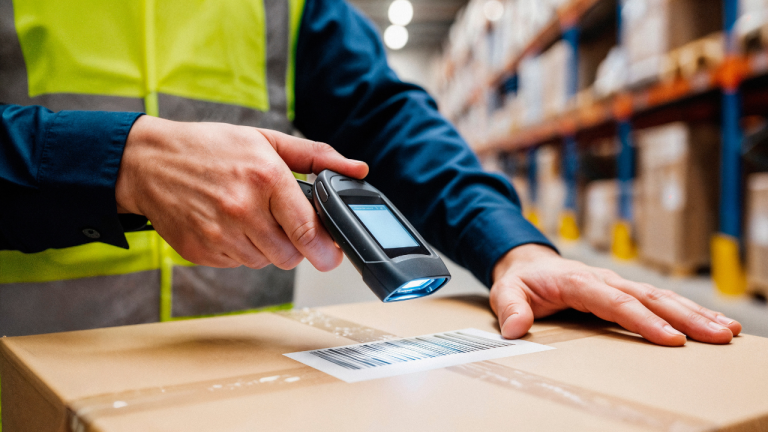These tariffs will raise the costs of importing foreign goods to the U.S. for importers, which importers may pass on to consumers through higher prices. For example, Diageo, the global drinks company, owner of brands like Johnnie Walker, Guinness, and Smirnoff, has stated that these tariffs would cost the company $200 million. However, they’re working to offset about half of these costs before needing to raise prices.
Tariffs can also drive up the costs of certain foreign products for U.S. consumers, such as spices. Many of the spices used by home chefs, restaurants, and large manufacturers are imported from India, which is facing 50% tariffs. In fact, last year, more than $410 million was imported in spices from India to the U.S. These tariffs have raised the effective rate of the U.S. above 17%, making this the highest tax Americans will have to pay on foreign goods since the Great Depression. According to Reuters tracking company responses to the tariffs, 22 U.S companies are raising prices, including big retail companies, footwear brands, and big household products companies such as Walmart and Best Buy, Nike, Crocs, Birkenstock, Colgate-Palmolive, Procter & Gamble, and Clorox.
The Peterson Institute for International Economics (PIIE) notes that while tariffs are now in effect, the increased costs may not immediately impact prices on store shelves. They add that most importers will not pass the increase in costs until existing inventory purchased at a pre-tariff price has run out, which can delay the rise in consumer prices for months or longer if importers choose to cover the tariffs for a while.







